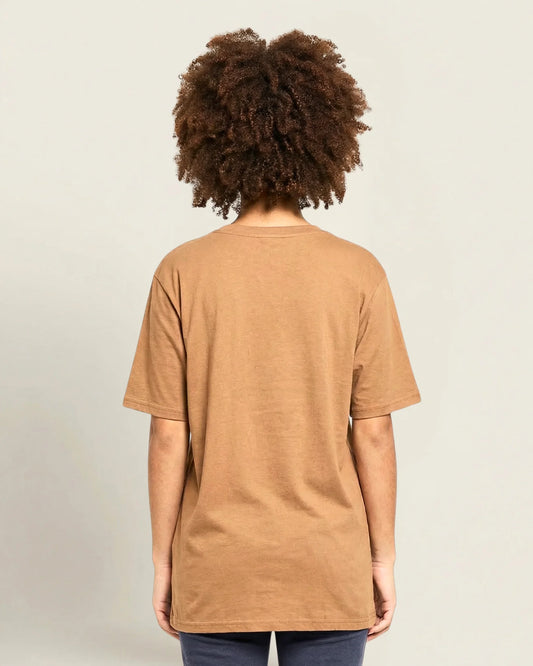Depression is affecting 17.3 million adults annually, or about 7.1% of the population. 29% of U.S. adults have been diagnosed with depression at some point, with 17.8% currently experiencing or being treated for it. Like a shadow that alters everything from appetite to social vibes. Imagine a hoodie as a personal cocoon—some might use it to feel safe or invisible. However, it’s crucial to look beyond clothing for other signs of depression, like withdrawal from activities or persistent sadness. Are hoodies a silent cry for help, or just a comfy go-to? Dive into the article to uncover the layers of this intriguing topic.
Key Takeaways
- Wearing a hoodie alone is not a sure sign of depression, but it can be part of a larger pattern of behavior that signals emotional distress.
- It's important for parents and guardians to look for other signs of teen depression, such as changes in mood, sleep patterns, or interest in activities.
- The clothes we choose can reflect our emotional state, but they also have the power to affect how we feel about ourselves.
- Open communication between parents and teens is crucial for addressing concerns about mental health and offering support.
- Seeking professional help is a recommended step if depression is suspected, as early intervention can make a significant difference in recovery.
Understanding the Hoodie and Depression Link

The Role of Clothing in Expressing Emotions
Clothing choices often mirror a person's emotional state. Teens, especially, use their outfits to showcase their individuality and mood. A hoodie, in this light, serves as a canvas for self-expression. It's not just a piece of clothing but a medium through which they communicate comfort, style, or even rebellion. Thus, equating the act of wearing a hoodie, especially among teens, with depression overlooks its role as a form of personal expression.
Common Misconceptions
The assumption that a hoodie signifies depression is a widespread misconception. It's essential to understand that clothing alone cannot diagnose someone with mental health issues. Depression is a complex condition that manifests through a range of behaviors and emotional states, not solely through someone's choice of attire. Highlighting this fact is crucial in dispelling myths about how depression appears in individuals, including teens wearing hoodies.
Context Matters
When observing someone frequently wearing a hoodie, it's important to consider the context. Factors like weather conditions, personal comfort, and style preferences play significant roles in this choice. A hoodie can be a go-to item for its practicality and ease rather than an indicator of teen mental distress. It's the consistent changes in behavior or mood over time that might signal something more than just a preference for comfortable clothing.
Signs of Teen Depression

Behavioral Changes
Behavioral changes are often the most visible signs of teen depression. Teens might lose interest in activities they once enjoyed, which is a significant red flag. Changes in appetite and weight, either increasing or decreasing, can also indicate depressive symptoms. Moreover, when a teen finds it challenging to perform daily tasks that used to be routine, it could signal a deeper issue related to mental health.
Emotional Withdrawal
Emotional withdrawal is another critical aspect to watch for in teens. This can manifest as avoiding interactions with friends and family, opting to spend more time alone. Persistent irritability or agitation goes beyond typical teenage moodiness and can be a sign of emotional distress. Such withdrawal is not just about preferring solitude; it's a shift towards isolation that can exacerbate feelings of depression in teens.
Physical Symptoms
Physical symptoms accompanying teen depression may not always be obvious. Fatigue and a lack of energy are common, but so are aches, pains, and digestive problems without any clear medical cause. These physical manifestations are important because they offer tangible evidence of an underlying depressive episode or episodes. Recognizing these symptoms is crucial for early intervention and support.
Professional Help
When multiple indicators of depression are present, seeking a professional therapist's opinion is wise. Early intervention can significantly improve outcomes for depressed individuals. Therapists offer both clarity and support, guiding families through mental health diagnoses and treatment options.
Psychological Impact of Clothing Choices
Comfort and Security
Wearing a hoodie offers a sense of comfort and security. This clothing choice wraps the wearer in familiarity, acting like a soft shield against the world. The psychological benefits of such familiar clothing are significant. They can soothe anxiety and provide a feeling of safety. Comfort-seeking behavior through clothing is common and not inherently negative. It shows how our external choices reflect internal needs.
Expression of Identity
For many teens, choosing to wear a hoodie goes beyond just staying warm. It's a form of self-expression. Fashion plays a crucial role in teen self-expression, allowing them to explore and communicate their identity. This exploration is a healthy part of growing up. Clothing choices, including hoodies, become a canvas for identity exploration, signaling different moods, affiliations, or beliefs without saying a word.
Coping Mechanism
Sometimes, reaching for a hoodie can be a coping mechanism during stressful times. Just as some people listen to music or write in a journal to cope, wearing certain clothes can offer comfort. Hoodies, in particular, might serve this purpose for their ease and familiarity. However, it's important to recognize that coping strategies vary widely among individuals. What works for one person may not work for another.
Addressing Parental Concerns

Common Questions from Parents
Parents often worry about their teen's behavior, especially when changes occur. Differentiating between a phase and true depression is crucial. Look for lasting changes in mood, interest, and behavior. These signs might point to more than just a phase.
If you suspect depression, talk to your child gently about seeing a healthcare professional. Supporting them in seeking help is vital. For teens undergoing therapy, maintaining an open line of communication is key. Show interest in their feelings and progress without prying too much.
How to Approach Your Teen
Approaching the topic with empathy is essential. Avoid making assumptions or judgments. Use "I" statements to express your concerns. Say things like, "I've noticed you're not enjoying the things you used to. Is everything okay?"
Offer support and resources but respect their privacy. It shows you care without being intrusive. This balance helps build trust between you and your teen.
Resources for Support
Several resources are available for parents and teens facing depression:
- Hotlines provide immediate assistance.
- Counseling services offer professional help.
- Support groups bring people with similar experiences together.
Online resources and educational materials can also be helpful. Always seek help from trusted professionals when necessary. They can guide you and your teen through this challenging time.
Closing Thoughts
The link between wearing a hoodie and depression, particularly among teens, reveals a complex relationship between clothing choices and psychological well-being. It's crucial for parents and guardians to be vigilant, to discern the subtle cues that go beyond fashion preferences, indicating potential emotional distress.














